Researchers use scanning ultrafast electron microscopy to unveil cubic boron arsenide's promising photo-carrier transport properties.
College of Engineering News
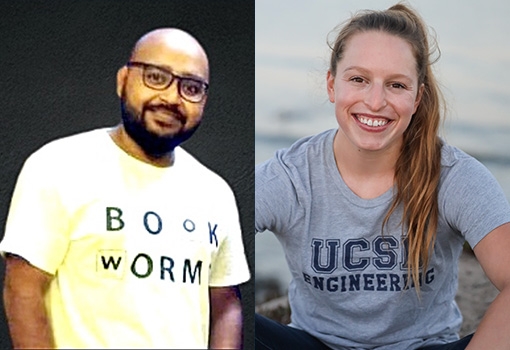
2022 IEE Fellows Saurav Roy (left) and Kira Wyckoff (right)
Oct 24, 2022
Each recipient will receive $22,500 to fund research endeavors for one quarter.
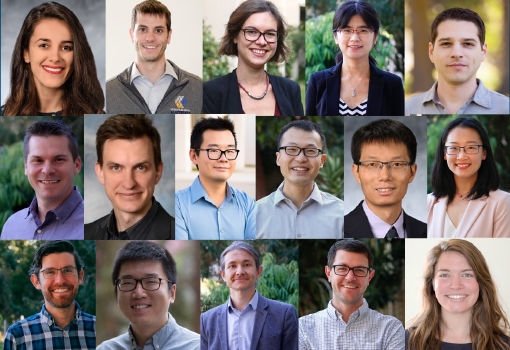
Seventeen COE faculty have received NSF Early CAREER awards since 2017-'18. Sixteen of the recipients are pictured above.
Oct 21, 2022
UC Santa Barbara ranks first among all public universities in a key assessment of junior faculty in engineering and the sciences.
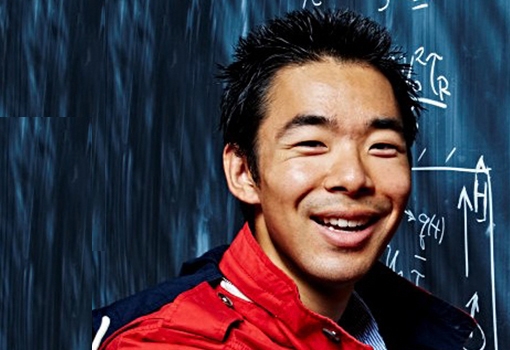
2022 Packard Fellow Sho Takatori, an assistant professor chemical engineering
Oct 18, 2022
Chemical engineering assistant professor Sho Takatori receives prestigious Packard Fellowship to develop novel multifunctional surfaces.

The four projects awarded seed funding address at least one of the Institute of Energy Efficiency's key interdisciplinary research thrusts.
Oct 18, 2022
UC Santa Barbara’s Institute for Energy Efficiency awards four seed grants to fund collaborative research.
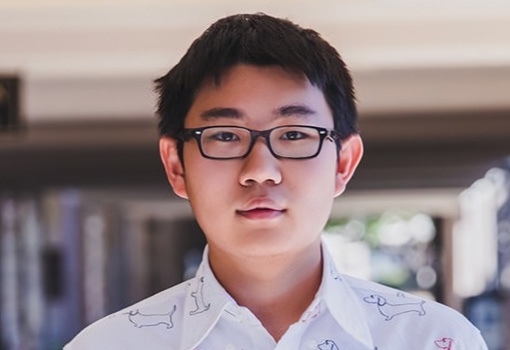
PhD student Fuheng Zeng, recipient of a Microsoft Research PhD Fellowship
Oct 13, 2022
UCSB PhD student receives esteemed fellowship to improve efficiency and privacy of data.

Oct 04, 2022
Scientists develop a method for recycling plastic into high-value plastic molecules
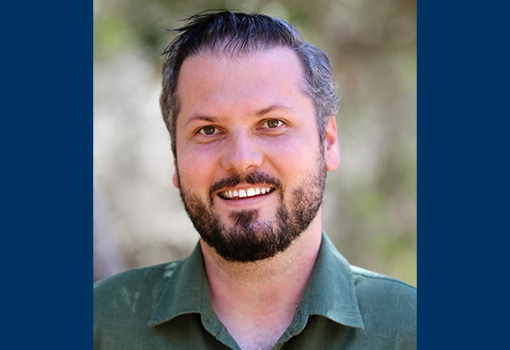
Michael Beyeler, assistant professor of computer science and psychological & brain services
Oct 04, 2022
UCSB professor receives $1.5 million grant to develop a smart bionic eye aimed at enabling the blind to see.
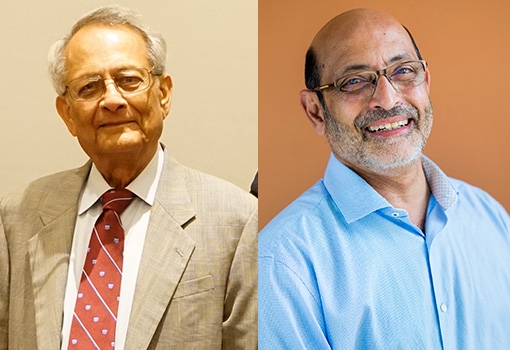
Distinguished Professor Emeritus Sanjit Mitra (left) and Distinguished Professor Umesh Mishra
Sep 30, 2022
Sanjit Mitra and Umesh Mishra honored by international professional organizations.
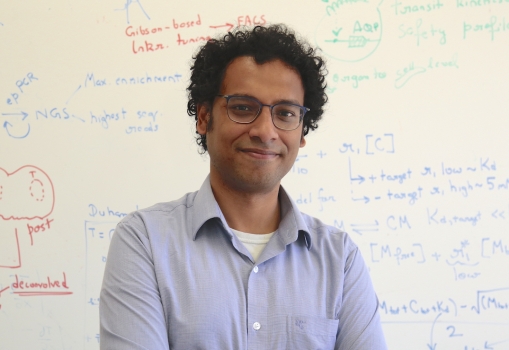
Arnab Mukherjee, assistant professor of chemical engineering
Sep 25, 2022

Rachel Segalman, professor and chair of the Chemical Engineering Department
Sep 21, 2022
Chemical engineering professor and chair Rachel Segalman has been elected an AIChE fellow.
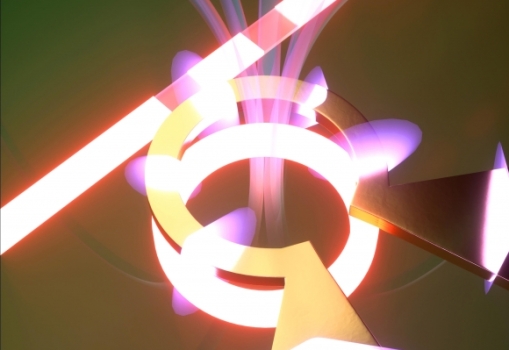
Electricity flowing through a metal coil generates electric (purple) and magnetic (faint green) fields. This changes the properties of the substrate, which tunes the resonance ring (red) to different frequencies. The whole setup enables the scientists to convert a continuous beam of light (red on left) into pulses that can carry data through a fiber-optic cable. Illustration by Brian Long
Sep 19, 2022
Researchers create a device to streamline interactions between ultra-cold and room-temperature computers.
- ‹ previous
- 12 of 51
- next ›

